Almost 80% of all digital transformations fail.
Here are some other key stats to consider:
Less than 1 in 5 companies experience “very effective” digital transformations
Only 22% of businesses transforming their IT achieved the desired business results
What we’ve heard...
So why the high fail rate?
Challenge 1
Unclear business goals and objectives
Challenge 2
An inelasticity of the digital strategy to allow for quick pivots
Challenge 3
a focus on disconnected digital strategies
Taking all this into account, how can we help?
Introducing the
Profit Stacks Framework
The Profit Stacks Framework act as a comprehensive inventory of your business’ IT tools, categorised by function and the respective activities within them. Customised to your specific goals, the system assesses your IT’s current effectiveness and seeks to update the highest value items to create the biggest impact.
In short, it’s about taking one small step with your IT, to create a giant leap for your business.
Are you keen to know more?
A Closer Look at the Full Process
Step One
Break your business up into functional areas. We recommend 5 areas displayed like building blocks stacked on top of each other.
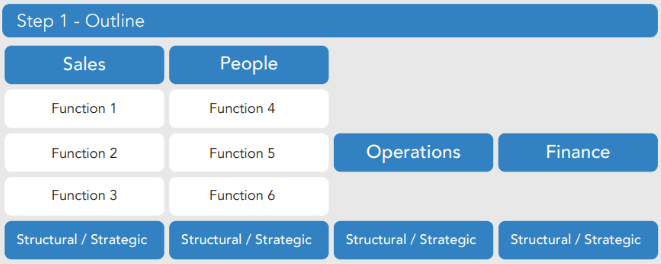
Step Two - Describe
Describe the processes/activities done in each area.
For example, in the Sales area you can either outline the typical activites a salesperson can do, or you can describe the customer journey.
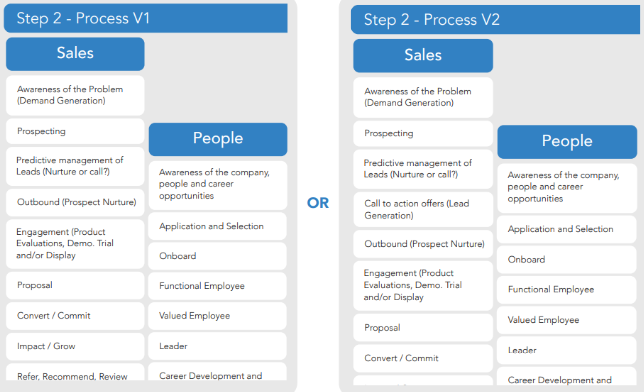
Step Three - Identify
Identify the technology or tool use in each of the areas outlined in step 2
The technology can be a stand-alone application, or it can be function of a large piece of software such as a CRM or ERP system. It can also be as simple as ‘pen and paper’ or ‘phone’ too.
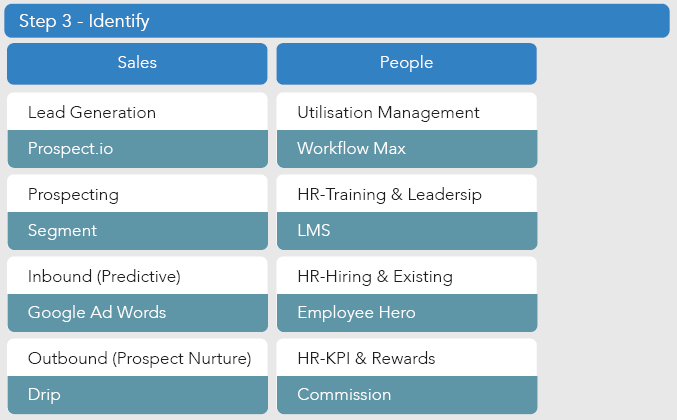
Step Four - Rate
Rates how well both the tool AND the area. We highly recommend doing a 5-point rating system and use colours ranging from Red as bad to Blue as great.
You can decide what type of rating system to use. We recommend you start initially with how mature that areas are in delivering its expected outcome.
Another rating system is to evaluate who well that areas re-enforces or diminishes you Unique Value Proposition (UVP)
This is your value mapping process done on one page!
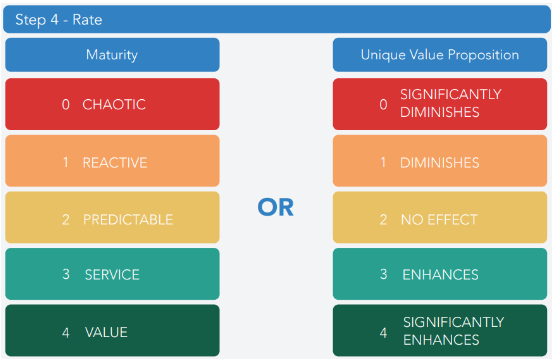
Step Five - Take Action
Now that you have the value mapping completed you can not only identify which area needs your investment such as sales or finance but you can also identify which function such as the “Quote Generation” phase or the “Account Payable” activity outlined
We highly recommend you try to invest only in the areas that can deliver value in a three to six-month time frame.
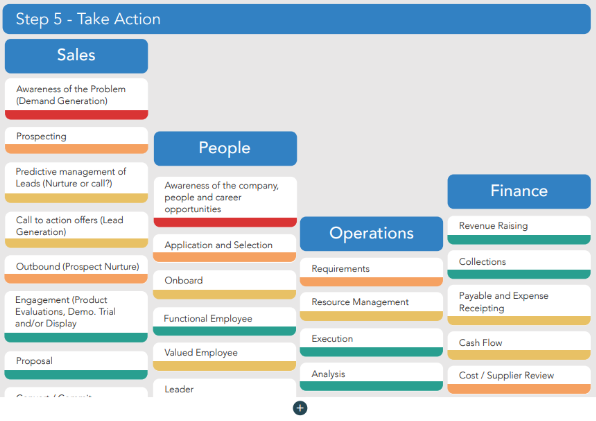
Step Six - Continually Improve
Given the payoff from step 5 should be realised every 3-6 months, Your Profit Stacks Framework can be updated accordingly to give you fresh insight as the needs of the business change.
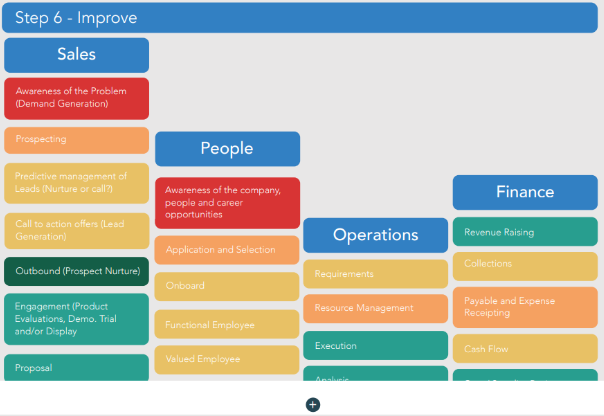
A Closer Look at Each Stack

Sales Stack
The Sales Stack looks at all activities in your business related to external communications and customer acquisition. This Stack helps to reduce the cost of customer acquisition while increasing profit.

People Stack
The People Stack covers all internal communication in your company by focusing on controllable factors associated with recruiting, developing and supporting staff to empower them to be more productive.

Production Stack
The Production Stack is the organisation stage between securing a project and delivering it. It focuses on helping your business stay on top of project budgets, resources and timelines.

Finance Stack
The Finance Stack provides a sharper insight into the current financial performance of each level of the business, enabling better informed decision-making.

Structure Stack
The Structure Stack enables you to develop a disruptive approach to product and service innovation to enhance your business’ competitive agility. Simultaneously, it seeks to address business continuity and long-term profitability by implementing risk management.
Keen to know more?
To learn more about how our Profit Stacks framework can help propel your business, download our e-book!
Explore our Case Studies

Engineering Consulting Firm

Not for Profit Organisation

Construction Industry

Defcredit

Fresh2u

Ocean Internet
